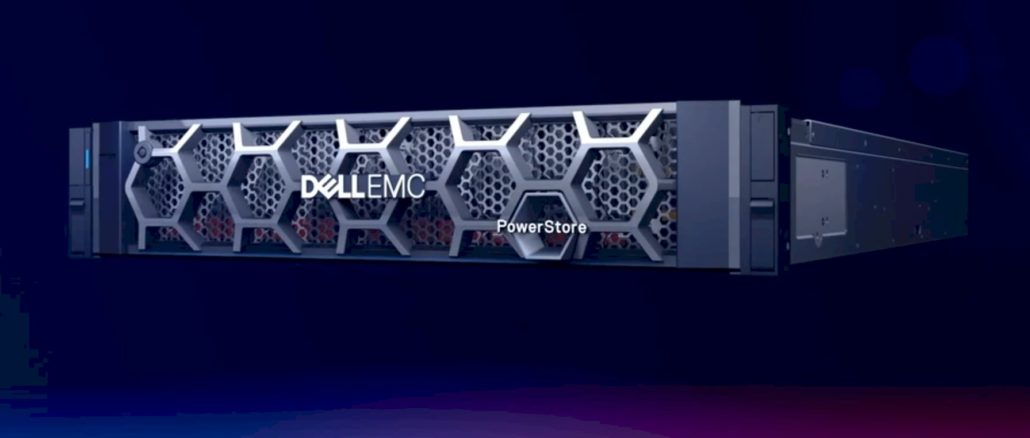
Dell’s groundbreaking $67 billion acquisition of EMC in 2016 was heralded by the vendor as a way to bring together two top-tier IT vendors with highly complementary parts to create an organization that could essentially provide for whatever technology needs their customers might have. Dell had strengths in servers, networking and some storage (not to mention business PCs and workstations), while EMC brought with it arguably the number-one storage business and VMware’s virtualization technology, along with cloud, data management and other capabilities via its other businesses like Virtustream and Pivotal (now owned by VMware).
Dell over the past almost four years has incorporated those companies’ product lines into the Dell Technologies fold, building capabilities into EMC’s portfolio of storage products and more tightly integrating them with its own offerings. However, during all this, engineers and others within the Dell EMC infrastructure business – including its storage unit – were beginning to take a look years down the road, projecting what the landscape would look like for enterprises and anticipating what their needs would be with the goal of leveraging the massive amount of technology and expertise the combined company now had within its walls to proactively address those requirements.
What was obvious was the data – the amount being generated, the diversity of it – was going to continue to grow into a key issue for organizations. At the same time, businesses were under increasing pressure to transform their IT environments to become more agile and to create infrastructure that was more cloud-like, according to Caitlyn Gordon, vice president of product marketing for Dell EMC’s storage unit.
“In conversations we’ve had with customers, they felt that infrastructure decisions were essentially requiring them to prioritize the needs of their data or their needs to change their operating model,” Gordon tells The Next Platform. “When we then looked at our piece of that infrastructure market … and looked at what we really been focused on solving for and innovating around for the last few decades, it’s been around data challenges, whether it’s data protection, snapshots, replication, data diversity, what it meant for mainframes, to block and file, to data efficiency. We used to talk floor tiles. Now we talk … more recently in the past few years the value of data. Everything’s really being focused around these data services and innovation to solve data challenges.”
Those data challenges still needed to be addressed, but the company also had to help enterprises bring automation, intelligence and simplicity into their infrastructures to enable them to change the way they were running their datacenters, Gordon says. Whatever Dell EMC came up with had to make the infrastructure more agile and able to adapt as the business changed, “and when we looked around in our portfolio and in the market, there was nothing that could do that,” she says.
The vendor thus began with a clean sheet – a first for the company since the merger – allowing for the more than 1,000 engineers within the infrastructure business as well as from VMware to spend several years creating a product designed to do all that. The result is PowerStore, an enterprise infrastructure platform with the task of addressing the myriad datacenter needs of the modern enterprise, from the ability to run both legacy and modern workloads, to scale up and out, to run both faster and more efficiently than current Dell EMC midrange storage offerings, to automate as many jobs as possible and to bring advanced analytics and monitoring to the table.
Launched this week, PowerStore is tagged as a mid-range all-flash storage, though Gordon says it’s really an enterprise-level offering. It’s a new solution built specifically for a data-centric, fast evolving IT world.
“Every line of code is brand new and [so is] that core operating system,” she says. “We built that from the ground up. What we also did, and we have the ability to do because of our portfolio, is we looked at different IP we have in our portfolio and looked at how we could take parts of that, containerize them and those become some of the data services built into the platform. One example of that is that the files stack in here came from what we already had in the portfolio, modernized, containerized and then built in. Built from the ground up foundationally and then we’ve taken our assets and modernized them to take advantage of it.”
Travis Vigil, senior vice president of product management at Dell EMC Storage, says the company “chose to take the best thinking of each of those midrange architectures, but do a clean-sheet design that incorporates the fact that you have micros-services and containers and storage class memory versus utilizing one of the heritage operating systems. That’s what we mean when we say built from the ground up.”
PowerStore runs container-based workloads, supports management and orchestration frameworks like Kubernetes, Ansible and VMware’s vRealize Orchestrator for greater programmability, leverages machine learning techniques, uses NVM-Express throughout and supports Intel’s Optane SSDs as persistent storage for storage-class memory (SCM) or flash, and offers cost- and capacity-saving technologies like always-on deduplication, compression and 4:1 data reduction. It leverages not only NVMe-over-Fabric (NVMe-oF) – which will come in a future release – but also iSCSI and Fibre Channel for traditional applications and databases and NFS and SMB for files.
The system can scale up to 2.8 PB per appliance and scale out to eight active-active nodes for up to 11.3 PB per cluster. The machine learning engine can reduce the staff time to rebalance volumes by 99 percent. PowerStore is seven times faster and has three times lower latency than the Unity XT array, according to Dell EMC. The company also is introducing PowerStoreOS, the system’s appliance-based software architecture that can support both legacy and modern workloads. Dell EMC’s CloudIQ technology that uses machine learning to remotely monitor the system, run health analytics and proactively address future needs. The intelligence collected by CloudIQ can be aggregated across all Dell EMC story, and the plan is to eventually integrate CloudIQ across Dell’s entire infrastructure portfolio.
PowerStore also comes with VMware’s ESXi hypervisor on board, enabling more automation through vRealize Orchestrator and and vRealize Automation and the use of VMware Cloud Foundation and Virtual Volumes. The hypervisor also is a key part of the company’s AppsOn feature. With ESXi, administrators can deploy apps – such as the Apache Spark analytics engine, Apache Flink stream processing framework and Splunk data management software – directly onto the storage array to help address data-intensive workloads in the datacenter or out at the edge. PowerStorage essentially can run any application, but Gordon says customers will mostly be interested in these specialized applications.
She compares AppsON in PowerStore to hyperconverged infrastructures (HCI) like Dell EMC’s VxRail.
“If you think about what HCI is, HCI has taken compute and essentially virtualized storage and brought it in,” Bordon says. “What we’ve done here is we’ve essentially virtualized the compute and we’ve brought it on PowerStore. Each has been optimized for different workflows. In HCI, it’s really general-purpose of compute-intensive workloads. And then PowerStore is ideal for these data-intensive and storage-intensive workloads. We’re able to then deploy those side by side, and then simplify operations and have the right architecture for the right workloads.”
Dell EMC also is address customer cloud needs. The company offers its own Dell Technologies Cloud Validated Designs for PowerStore to run in hybrid cloud environments and the company’s Cloud Storage Services an directly connect PowerStore to all the top public clouds, including Amazon Web Services, Microsoft Azure and Google Cloud Platform as a managed service. The services unit also provides data recovery-as-a-service to VMware Cloud on AWS. In addition, the storage array can be deployed as an option within Dell EMC’s PowerOne autonomous infrastructure to give enterprises greater cloud-like operations.
The goal of PowerStore is to address the issues enterprises are facing today and to enable them to easily adapt to changes that are coming down the road, Gordon says.
“Every investment, including infrastructure investments, needs to meet the needs of the business today, but more importantly, they need to evolve with businesses as they transform and that’s going to be unpredictable,” she says. “You need to ensure infrastructure investments today don’t become technical debt tomorrow. So PowerStore is truly an adaptable architecture. It’s all about having a flexible architecture that enables flexible deployment models. And we have a variety of flexible consumption models as well.”

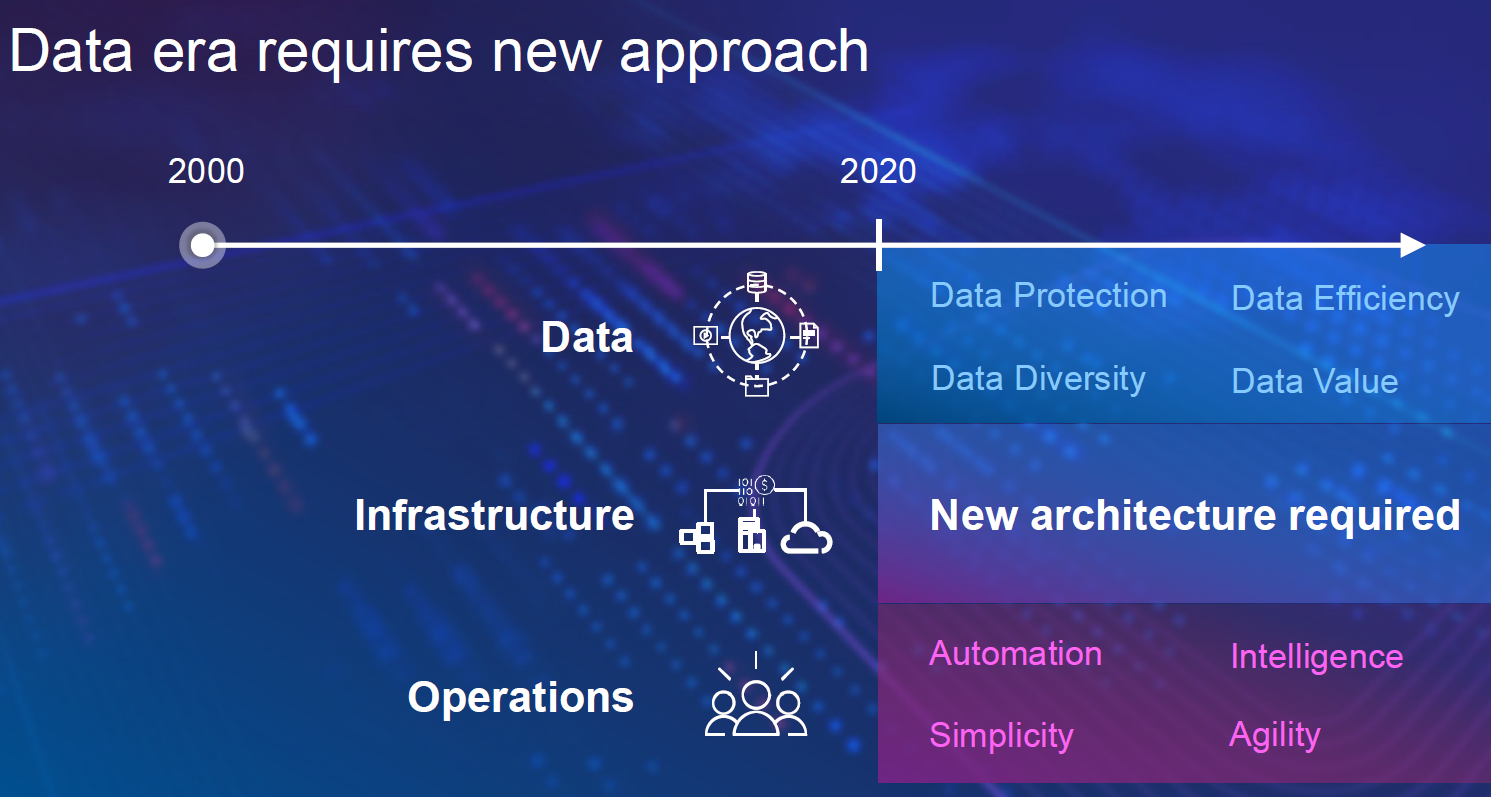
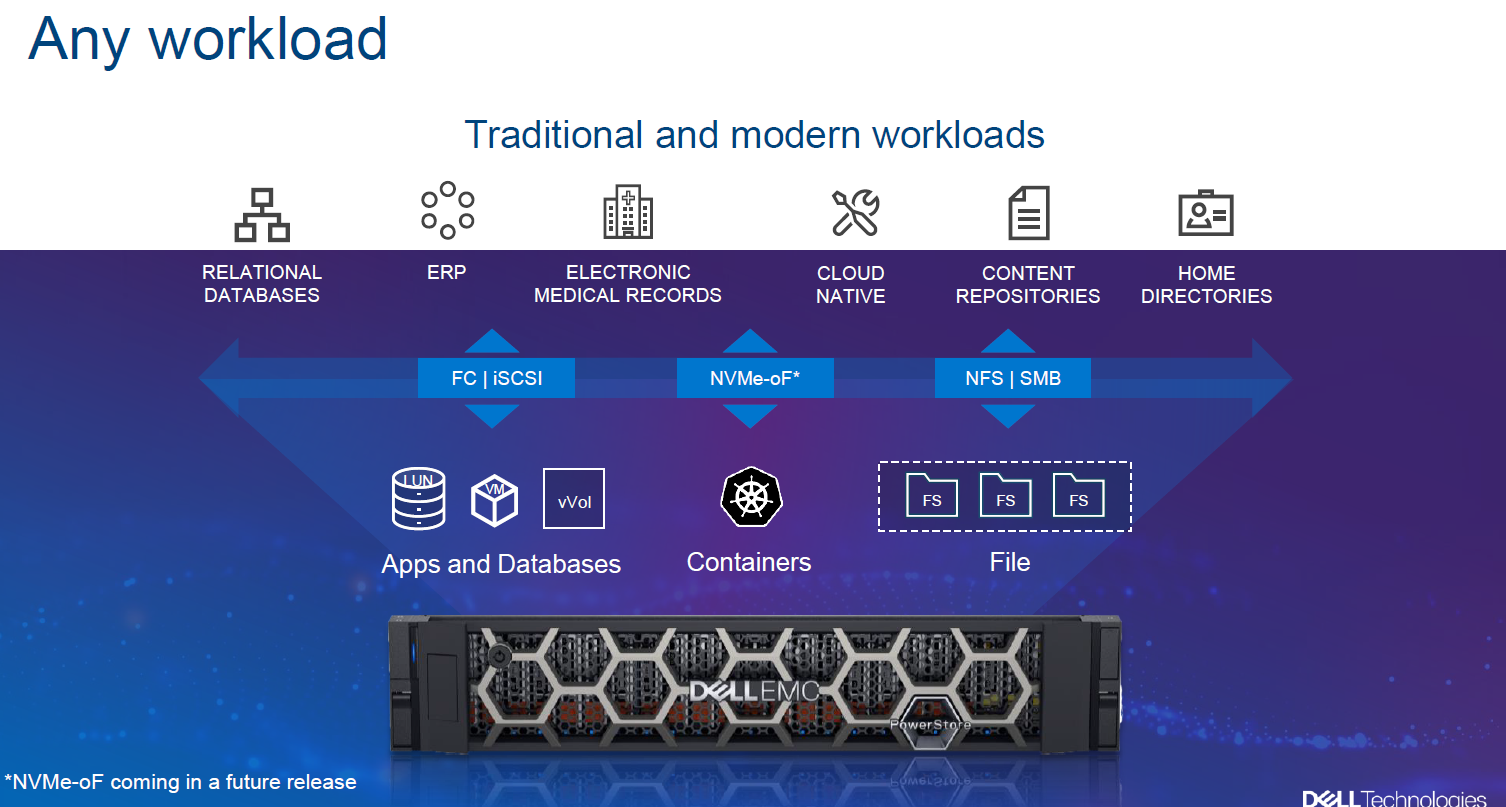
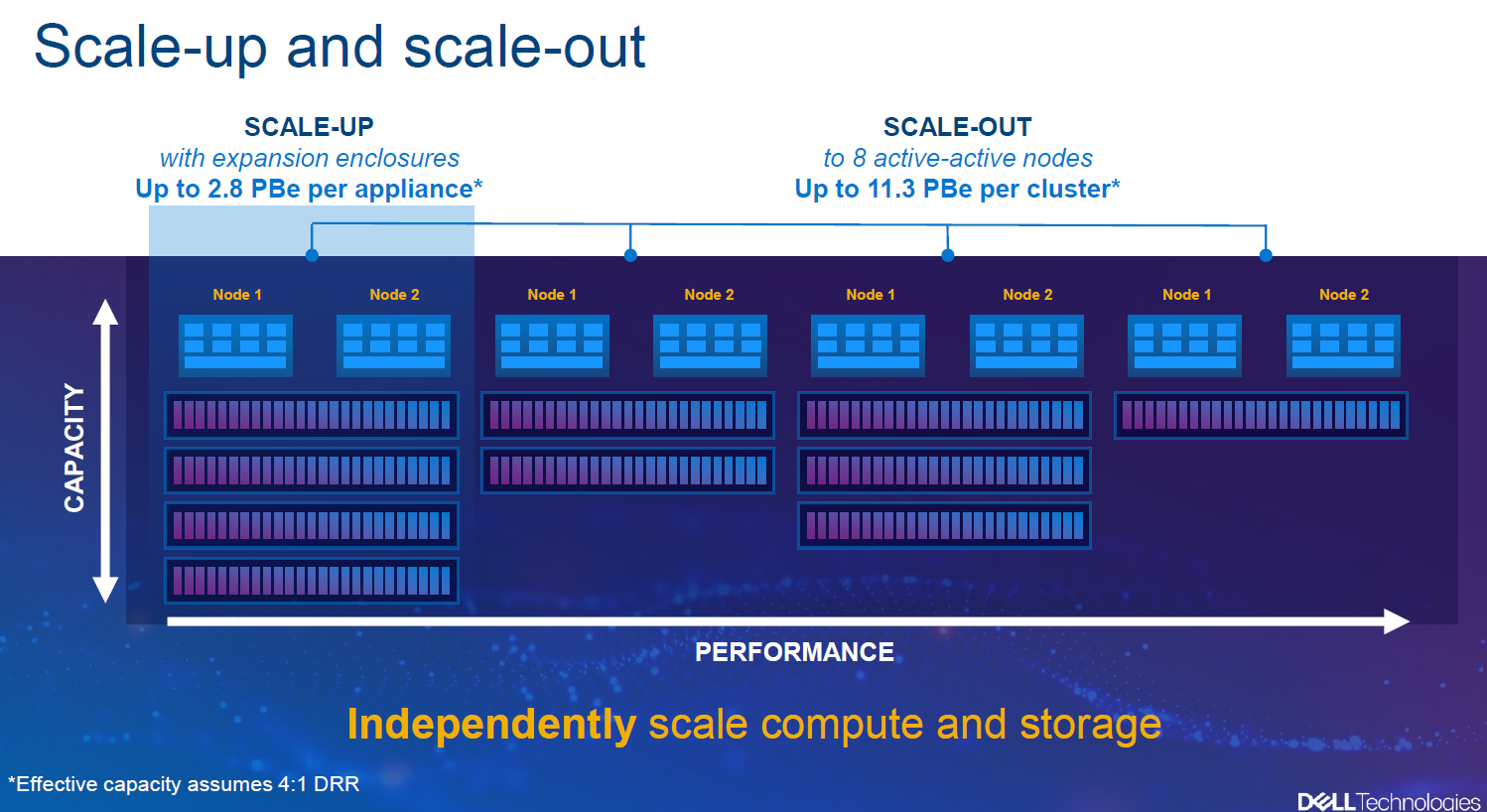
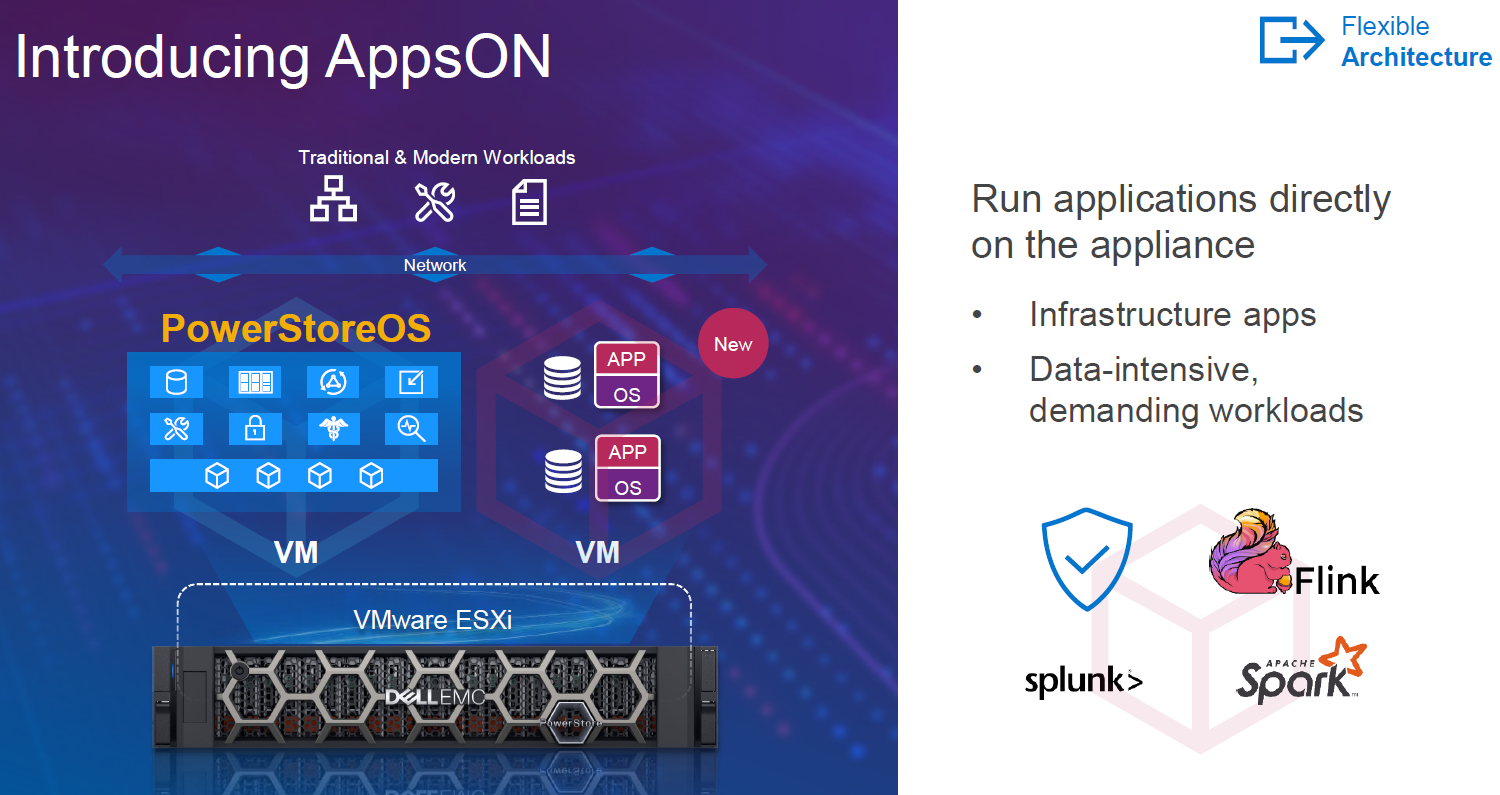
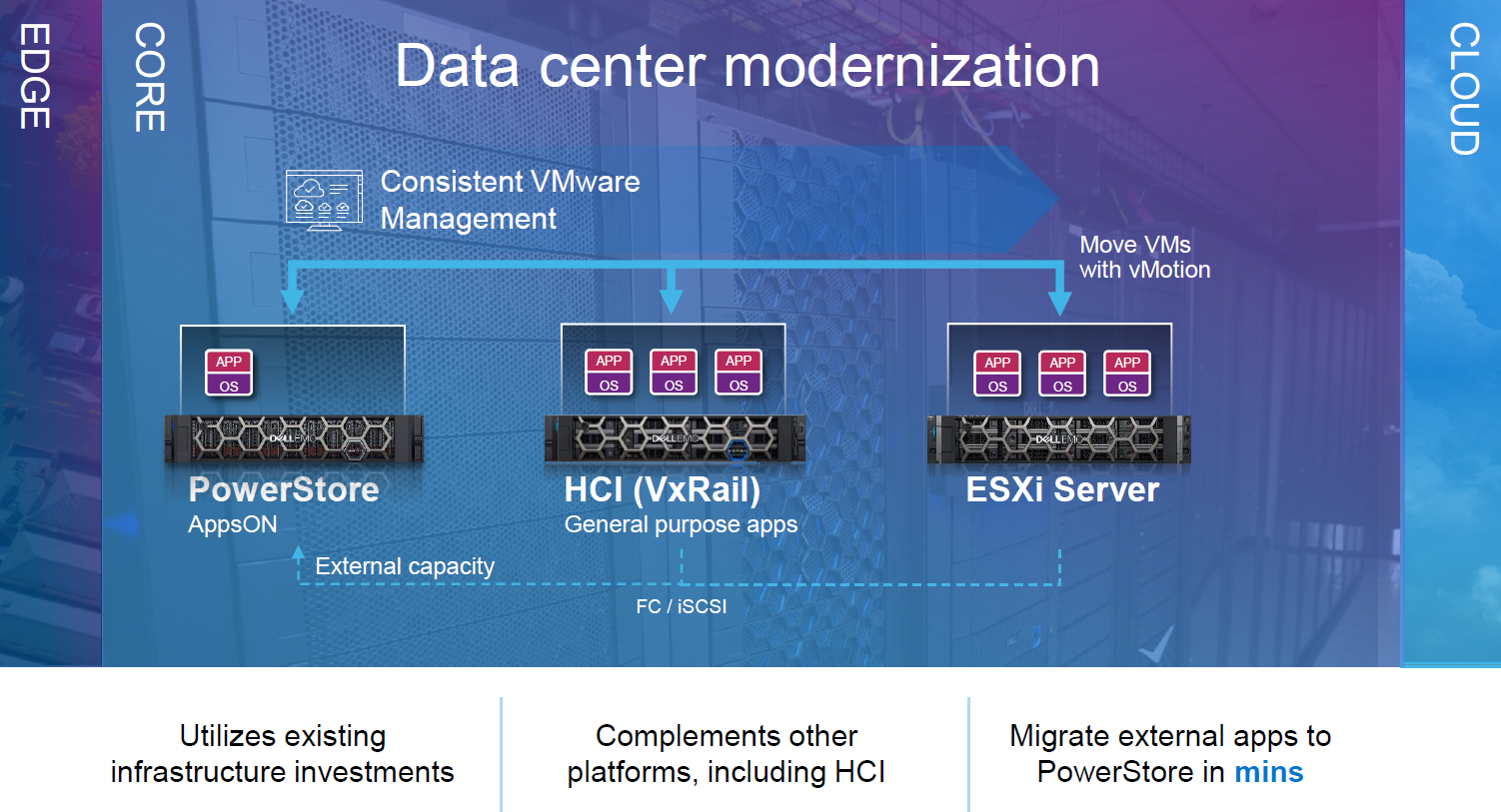

Be the first to comment